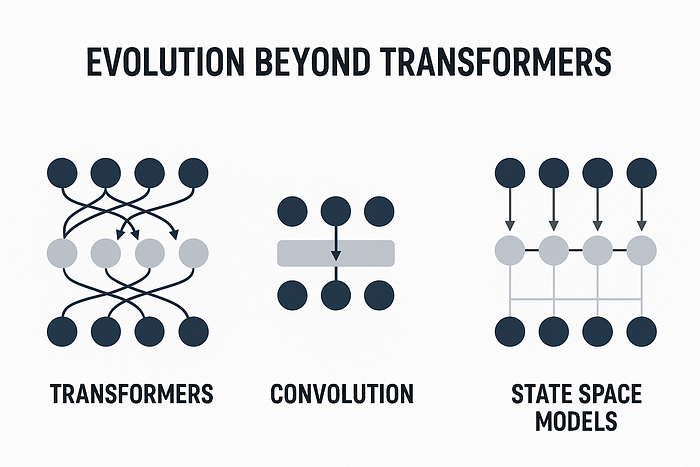Introduction to AI-Generated Content
The emergence of artificial intelligence has fundamentally altered the field of content creation. Tools capable of generating coherent, often impressive, text, are now ubiquitous. Yet, despite their sophistication, AI-generated content presents a persistent challenge because it often has a “robotic” quality, lacking the warmth, nuance, and genuine voice that connects with a human audience. The digital coldness necessitates an important step: humanisation.
The Mechanics of AI Language Humanisers
An AI language humaniser is a sophisticated software application engineered to transform text produced by large language models into prose that more closely resembles human authorship. Its primary objective is to smooth out the typical AI “tells,” like repetitive sentence structures, overly formal or generic vocabulary, and a lack of emotional depth or personal voice, making the content sound more natural and engaging. These tools use advanced algorithms and machine learning to analyse text and modify it for characteristics like perplexity and burstiness, aiming to make the output less uniform.
The Artistry of Human Editorial Craft
In stark contrast to algorithmic processing, human editors bring an unparalleled depth of understanding and artistry to text. Their work goes far beyond surface-level corrections, delving into the essence of communication. An experienced human editor handles the intricate dance of style, tone, and contextual relevance, ensuring the message resonates deeply with its intended audience. The unique strengths of human editing include creative infusion, intuitive grasp of nuance, cultural and social sensitivity, voice and persona enhancement, and deep contextual insight.
Refining Text: Algorithmic versus Humanistic Approaches
When we place AI language humanisers side-by-side with human editing, distinct differences emerge in several important aspects of content refinement. Each approach offers unique advantages depending on the specific demands of the project. The key aspects to consider include velocity of output, stylistic elevation, investment required, consistency of refinement, and depth of comprehension.
Velocity of Output
AI humanisers offer near-instantaneous text transformation, making them invaluable for high-volume, rapid turnaround tasks. Human editing, on the other hand, requires a longer timeframe, involving careful reading, thinking, multiple passes, and often communication between editor and author.
Stylistic Elevation
AI humanisers excel at smoothing out awkward phrasing, varying sentence structure, and replacing generic words with more diverse synonyms. However, they may not instill a truly unique voice or personality. Human editing possesses the capacity to truly enhance an author’s distinct voice, inject personality, and ensure the tone is perfectly aligned with the intended impact.
Investment Required
AI humanisers represent a significantly lower financial investment, making them accessible for budget-conscious users. Human editing is a premium service reflecting the skill, experience, and time investment of a professional, with costs justified by the depth of insight and bespoke quality delivered.
Consistency of Refinement
AI humanisers offer unwavering consistency, ensuring uniform stylistic adjustments in large volumes of text. Human editing, while striving for consistency, will inherently have subtle variations influenced by the editor’s subjective interpretation, mood, and evolving understanding of the text.
Depth of Comprehension
AI humanisers are fundamentally limited by their algorithms, lacking genuine comprehension, important thinking, or the ability to question the underlying meaning of the content. Human editing engages with the text on a profound level, understanding context, detecting logical fallacies, challenging assumptions, and ensuring the content’s intellectual rigour and persuasive power.
Strategic Implementation: Choosing Your Refinement Path
Deciding between an AI language humaniser and human editing isn’t about declaring a universal winner, but rather understanding which tool best suits the specific context and goals of your content.
When to Opt for an AI Language Humaniser
Use an AI language humaniser for initial draft polishing, high-volume, low-stakes content, overcoming AI “tells,” and when budgetary constraints are a concern.
When to Engage Human Editorial Expertise
Engage human editorial expertise for high-stakes content, developing a unique voice, complex or sensitive topics, and strategic communication.
The Synergistic Approach: A Modern Workflow
In many contemporary content pipelines, the most effective strategy isn’t an either/or but a blend of both. The hybrid workflow uses the strengths of each, with AI efficiently generating an initial draft and performing a preliminary humanisation pass, and then a human editor focusing on higher-order concerns.
Conclusion
The debate between AI language humanisers and human editing highlights an evolving ecosystem of content creation. AI tools are incredibly adept at removing the robotic stiffness from machine-generated text, making it more palatable for general consumption. However, the depth, intuition, cultural awareness, and unique voice that a skilled human editor brings remain unparalleled. For content that truly needs to inspire, persuade, or connect on a profound human level, the human element is indispensable. The most forward-thinking creators will embrace a hybrid model, using AI for efficiency in initial stages and reserving the invaluable human touch for final polish, strategic refinement, and ensuring genuine connection.
FAQs
- Q: What is the primary objective of an AI language humaniser?
A: The primary objective of an AI language humaniser is to transform text produced by large language models into prose that more closely resembles human authorship, smoothing out typical AI “tells” and making the content sound more natural and engaging. - Q: What are the unique strengths of human editing?
A: The unique strengths of human editing include creative infusion, intuitive grasp of nuance, cultural and social sensitivity, voice and persona enhancement, and deep contextual insight. - Q: When should you opt for an AI language humaniser?
A: Opt for an AI language humaniser for initial draft polishing, high-volume, low-stakes content, overcoming AI “tells,” and when budgetary constraints are a concern. - Q: When should you engage human editorial expertise?
A: Engage human editorial expertise for high-stakes content, developing a unique voice, complex or sensitive topics, and strategic communication. - Q: What is the synergistic approach in content refinement?
A: The synergistic approach involves using AI for initial draft generation and preliminary humanisation, followed by human editing for higher-order concerns, combining the strengths of both for efficient and high-quality content creation.











